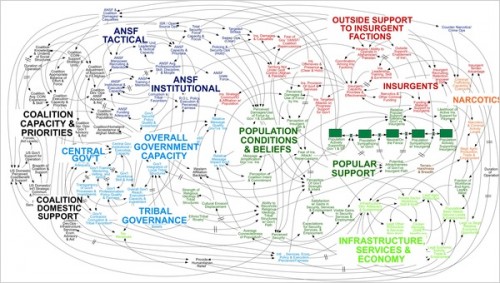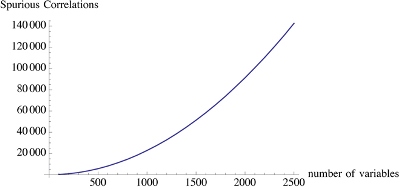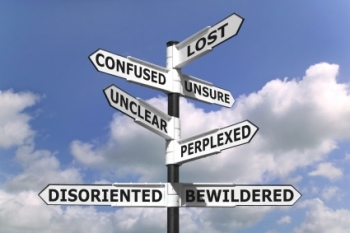What is actually good consulting or coaching? As a professional consultant and coach it might be time that I ponder on that question!

Reflecting on my most successful and satisfying moments, I can relate them to AHA moments for my clients, who were discovering an entire new perspective on things. This perspective was in fact often a way to simplify their life (or their organization’s) by providing new focus. Of course, consulting and coaching are not the same thing: consulting comes with advice and solutions; while coaching takes an open approach and lets the client come up with its personal solution. Still, again and again, the key of the intervention was to simplify real or subjective complexity. It often got realized through finding purpose, or what the actual, real, objective of the endeavor is.
Often enough most of the value is brought in when the coach or the consultant simplifies complexity, letting a clear path readily visible and less confusion as to the way forward. One consulting firm (KPMG) even has the tagline “cutting through complexity”. It can only take a few minutes – but the external eye, sounding board and independent perspective is essential in discovering that new path. I love these moments where coming with an independent, sometimes irreverent viewpoint suddenly simplifies years of artificially added complexity layers!
How did the coaches and consultants you’ve used performed in simplifying complexity?
Hat tip to Patrick Laredo, President of X-PM, a leading interim management company, for the thoughts and discussions on consulting and complexity











